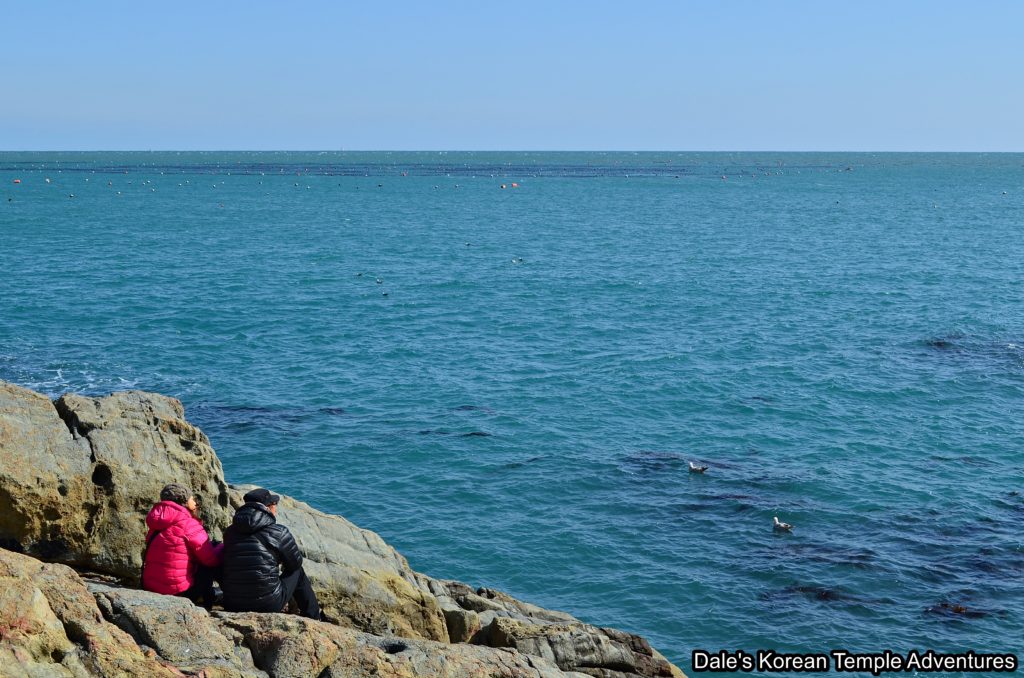
Hello Again Everyone!!
Haedong Yonggungsa Temple, which means “Korean Dragon Palace Temple,” in English is a reference to Yongwang (The Dragon King) and the Yonggung (Dragon Palace) that he lives in under the sea. Located in coastal Gijang, Busan, Haedong Yonggungsa Temple has perhaps the most beautiful location for any temple in all of Korea.
The temple was first constructed in 1376 by the monk Naong Hyegeun (1320-1376). The temple was built after Naong Hyegeun had a dream. The dream was about the Divine Sea god of the East Sea. During this dream, the Divine Sea god told Naong Hyegeun to build a temple on top of Mt. Bongrae. If Naong Hyegeun did this, the nation would become larger and more stable. So after looking around the peninsula for a place to build a temple, Naong Hyegeun found the perfect place to build this temple. Initially, the temple was called Bomunsa Temple. However, in 1592, during the Imjin War (1592-98) with the invading Japanese, the temple was destroyed. It wasn’t until the 1930s, over three hundred years after its destruction, that the temple was rebuilt. It was rebuilt by the monk Ungang, from Tongdosa Temple, and renamed Haedong Yonggungsa around this time. Large parts of the present temple were constructed over the past twenty years; including the main hall, which was built in 2005. Haedong Yonggungsa Temple belongs to the third largest Buddhist Order in Korea: Cheontae-jong.
You first approach the temple grounds along the coastal waters of the East Sea. The road that leads up to the temple is long and winding until you come to a narrow corridor filled with vendors selling anything and everything. At the entry to this vendor bonanza is a large slender statue dedicated to the Bodhidharma. Having finally passed through the cacophony of vendors, you’ll come out on the other side to be greeted by the twelve zodiac generals that stand three metres in height. It’s a perfect time to take a picture, and people often are.
Next, just before you descend down the 108 stairs that leads to the main temple courtyard at Haedong Yonggungsa Temple, you’ll pass by a seven tier stone pagoda with a tire at its base. This tire shrine is for people to pray to so they can avoid car accidents! Yes, seriously: car accidents!
Through the gate with two golden dragons on either pillar, and down some of the stairs, you’ll next come to a statue of Podae-hwasang. This incarnation of Mireuk-bul (The Future Buddha) is meant to grant a future son if you rub either its belly or nose. And judging from how worn down both the nose and belly are, it would seem like a lot of people want sons.
It’s after passing through an artificial cave that you get the first amazing views of the East Sea off in the distance past the twisted red pines and the stone lanterns that line the 108 stairs. These 108 stairs are meant to symbolize the 108 delusions of the mind in Buddhism. But before heading straight towards the main temple courtyard, hang a left. It’s along this pathway that you’ll come to an outdoor shrine dedicated to Yaksayeorae-bul (The Future Buddha). And continuing, you’ll come to a rock outcropping with a golden Jijang-bosal (The Bodhisattva of the Afterlife) sitting all alone on the shoreline. It’s also from this rock outcropping that you can get some amazing pictures of the sea and the temple.
Back on the stairs, and heading straight, you’ll cross over a bridge that allows entry to the main temple courtyard. Along the way, you can toss a coin for good luck. Just past the entry gate, and just to your left, you’ll see a three story stone pagoda with four lions at its base. These four lions are mean to symbolize the four basic human emotions: love, sorrow, anger, and joy.
Now with the main hall to your right, this beautifully built Daeung-jeon Hall is large and ornate. Surrounding the exterior walls to this hall are Palsang-do murals (The Eight Scenes from the Buddha’s Life) and a painting dedicated to Naong Hyegeun and the Divine Sea god of the East Sea, hearkening back to the origin myth of the temple. As for the interior of the main hall, you’ll find a triad of statues under a large red canopy (datjib). In the centre sits Seokgamoni-bul (The Historical Buddha). This statue is joined on either side by Yaksayeorae-bul (The Medicine Buddha) and Amita-bul (The Buddha of the Western Paradise). To the right of this main altar is a mural dedicated to Chilseong (The Seven Stars) and a Vulture Peak (Yeongsan Hoesang-do) mural.
To the immediate left of the main hall is a large, jovial, golden statue dedicated to Podae-hwasang, again. Next to this statue, for obvious reasons, there’s a Yongwang-dang dedicated to the Dragon King (Yongwang). The Dragon King looks out towards the sea, perhaps longingly looking towards his Dragon Palace (Yonggung). Also in the main courtyard are a set of subterranean stairs that leads into a cavernous shrine hall with a statue of Yaksayeorae-bul inside.
The final thing a visitor can explore, besides the giant golden good luck twin pigs next to the opening to the subterranean cave, is the elevated statue dedicated to Gwanseeum-bosal (The Bodhisattva of Compassion). The serenely smiling Bodhisattva is situated up a set of uneven stairs. This towering statue is known as the Haesu Gwaneeum Daebo, which means “Sea Water Bodhisattva of Compassion Statue,” in English. On all sides, the Bodhisattva is surrounded by shrubbery and slender monk statues. It’s also from these heights that you get a breath-taking view of both the temple and the sea. So take your time and enjoy the view, you’ve earned it!
HOW TO GET THERE: There are two ways that you can get to Haedong Yonggungsa Temple. One is to simply get off at Jangsan subway station, stop #201, on the second line. From there, you can catch a taxi that will take about 25 minutes and set you back around 10,000 won.
You can take a taxi, which is quicker, or you can take the bus. From the Haeundae subway stop, stop #203 on the second line, you’ll need to exit out exit #7. From there, catch Bus #181 to get to Haedong Yonggungsa Temple. The ride takes about 45 minutes, and you’ll need to walk the five minutes up hill from where the bus lets you off.
OVERALL RATING: 9/10. While not as historically significant as Beomeosa Temple, it more than makes up for it with its natural beauty. While Haedong Yonggungsa Temple can get quite busy, especially on weekends or holidays, it’s well worth the effort to see one of Korea’s most unique temples.
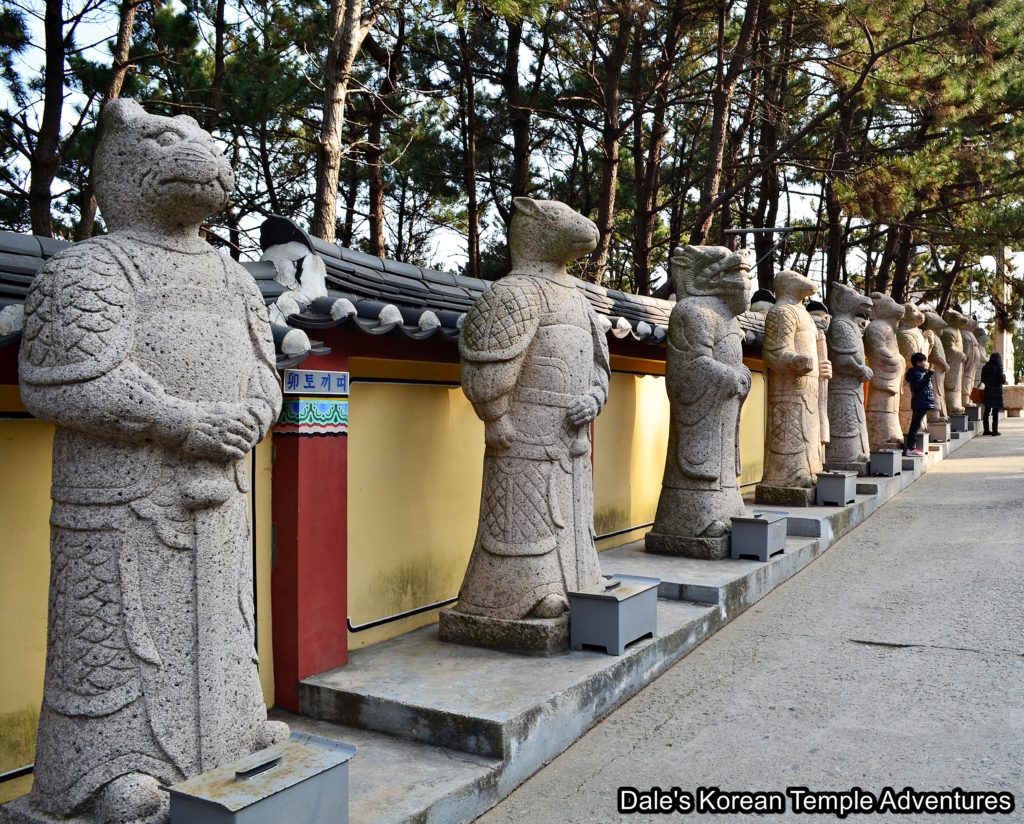

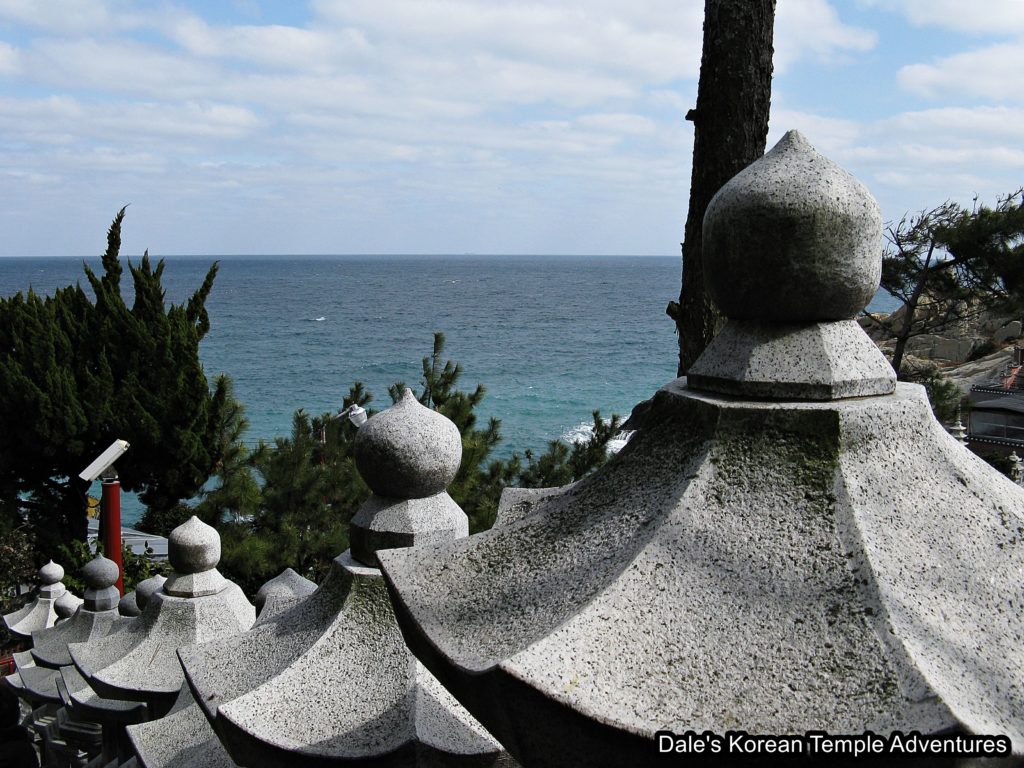
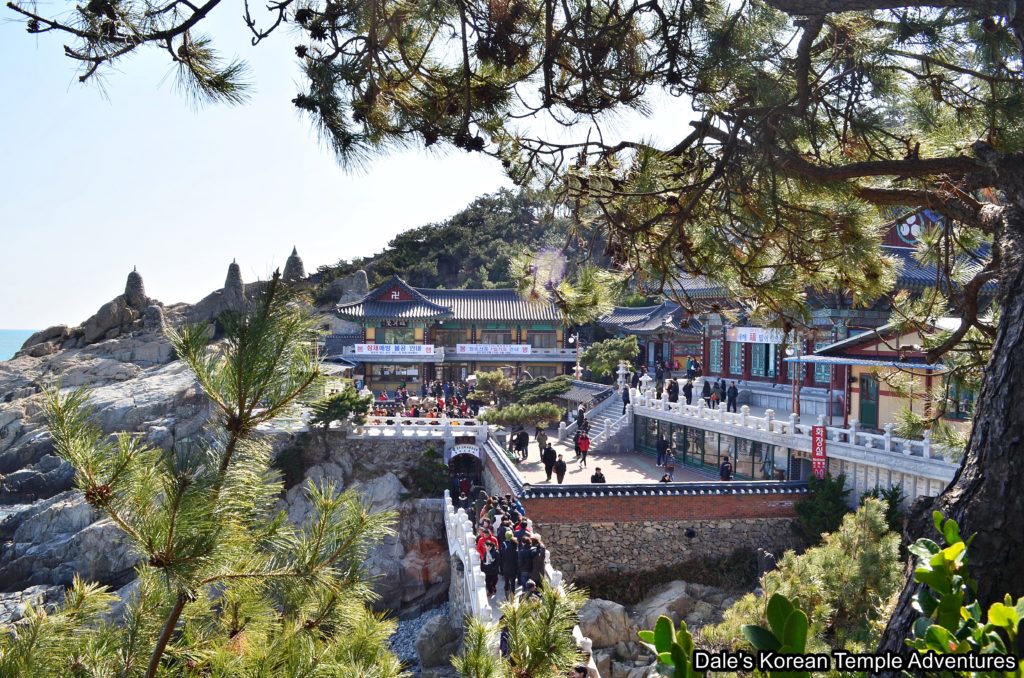
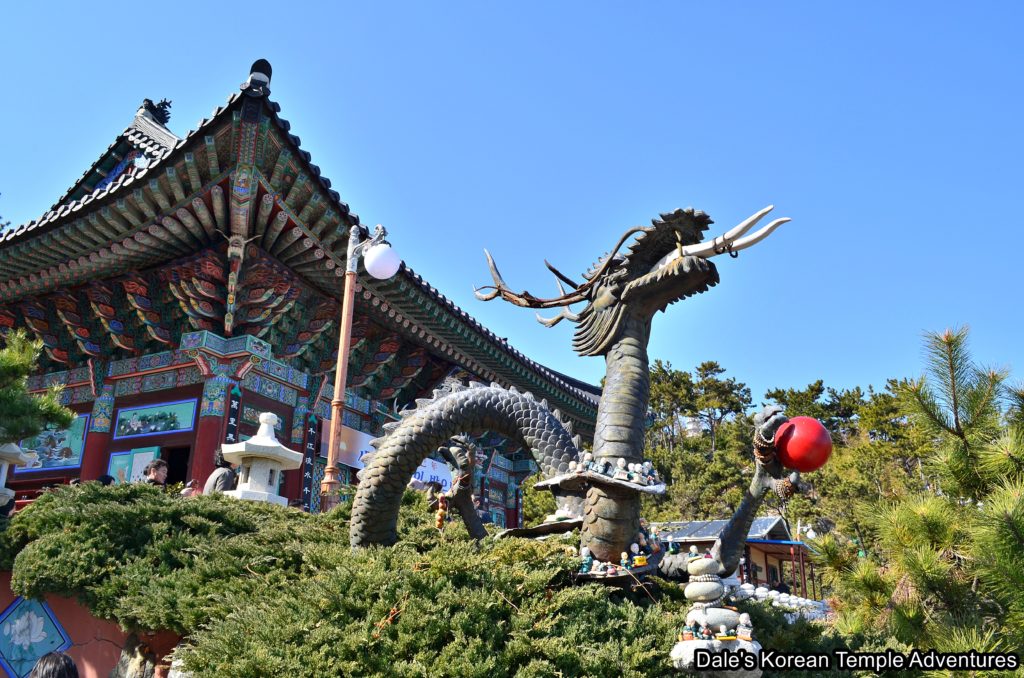
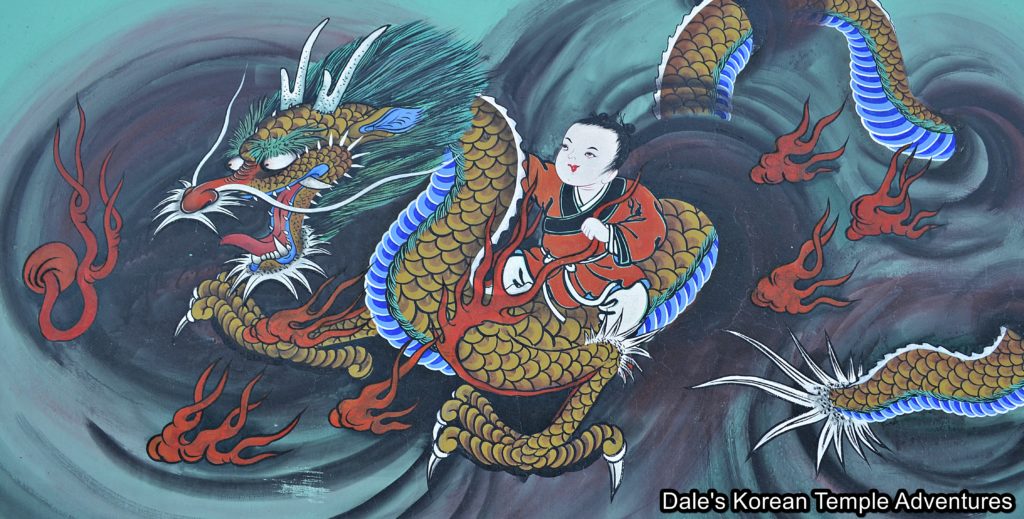
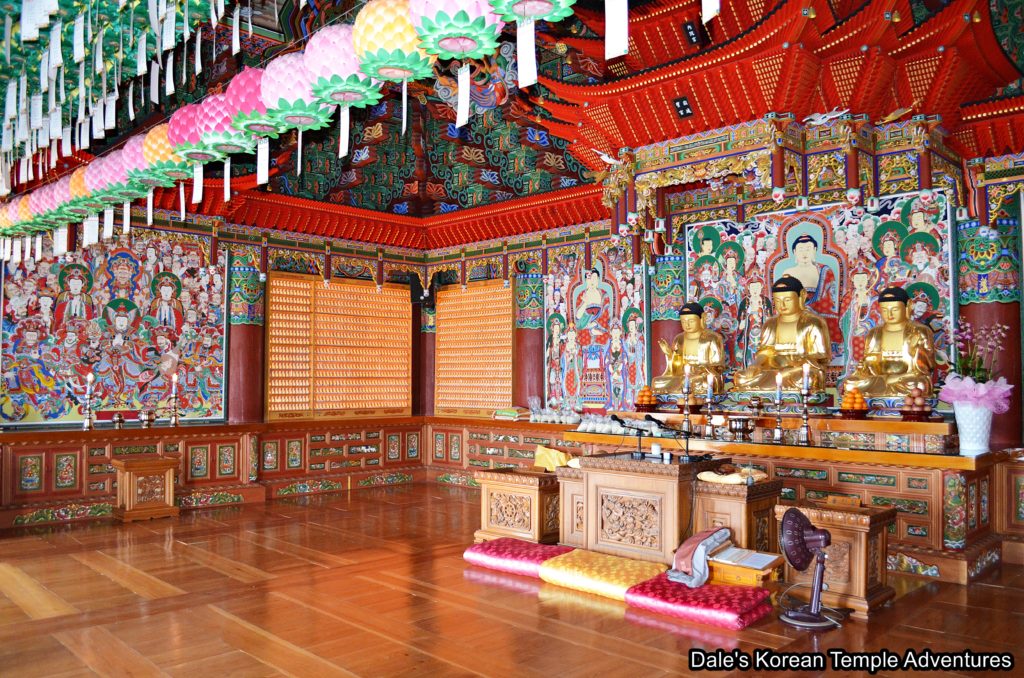
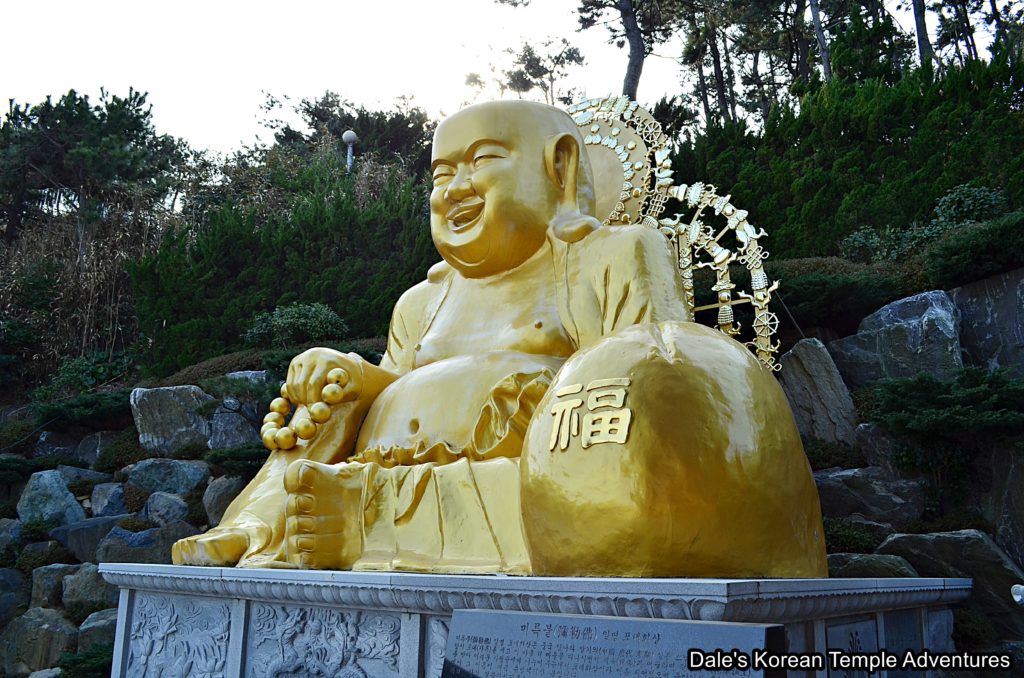
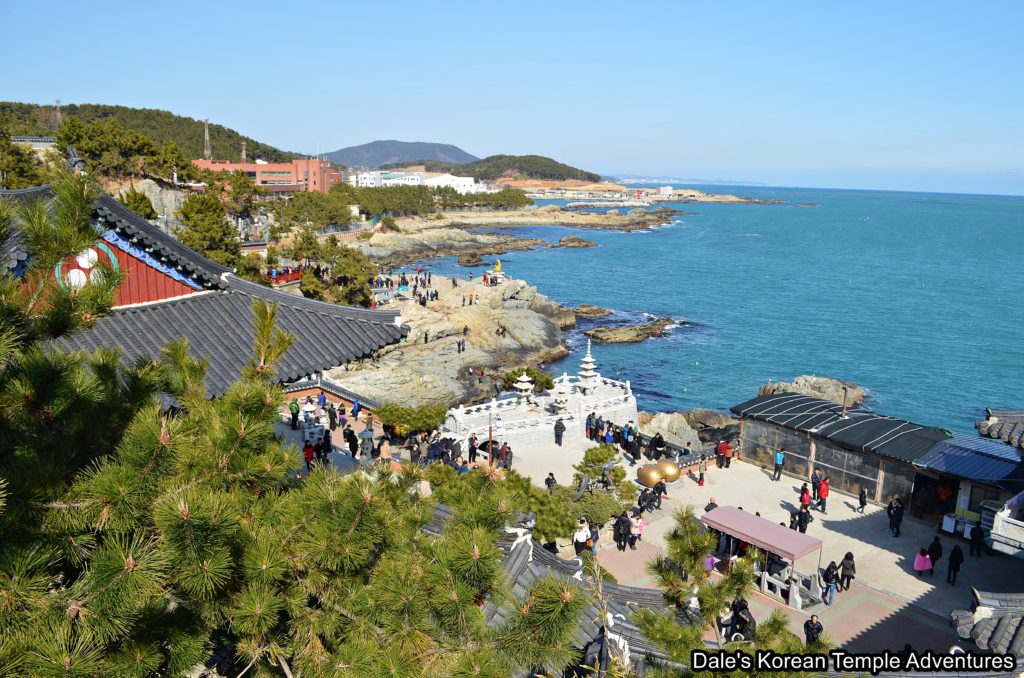
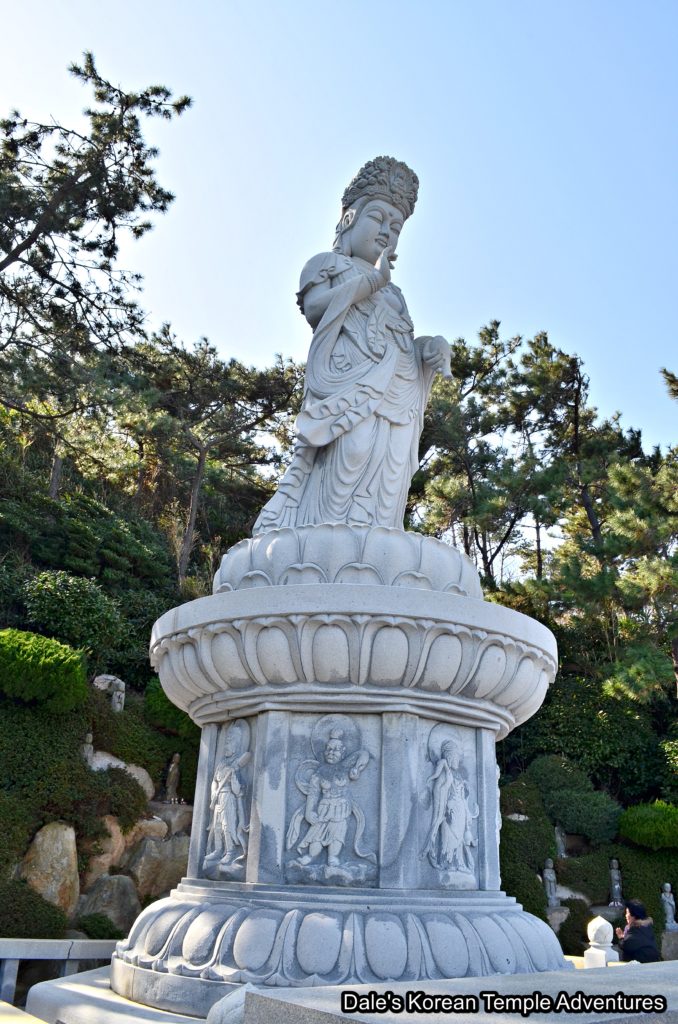


Recent comments